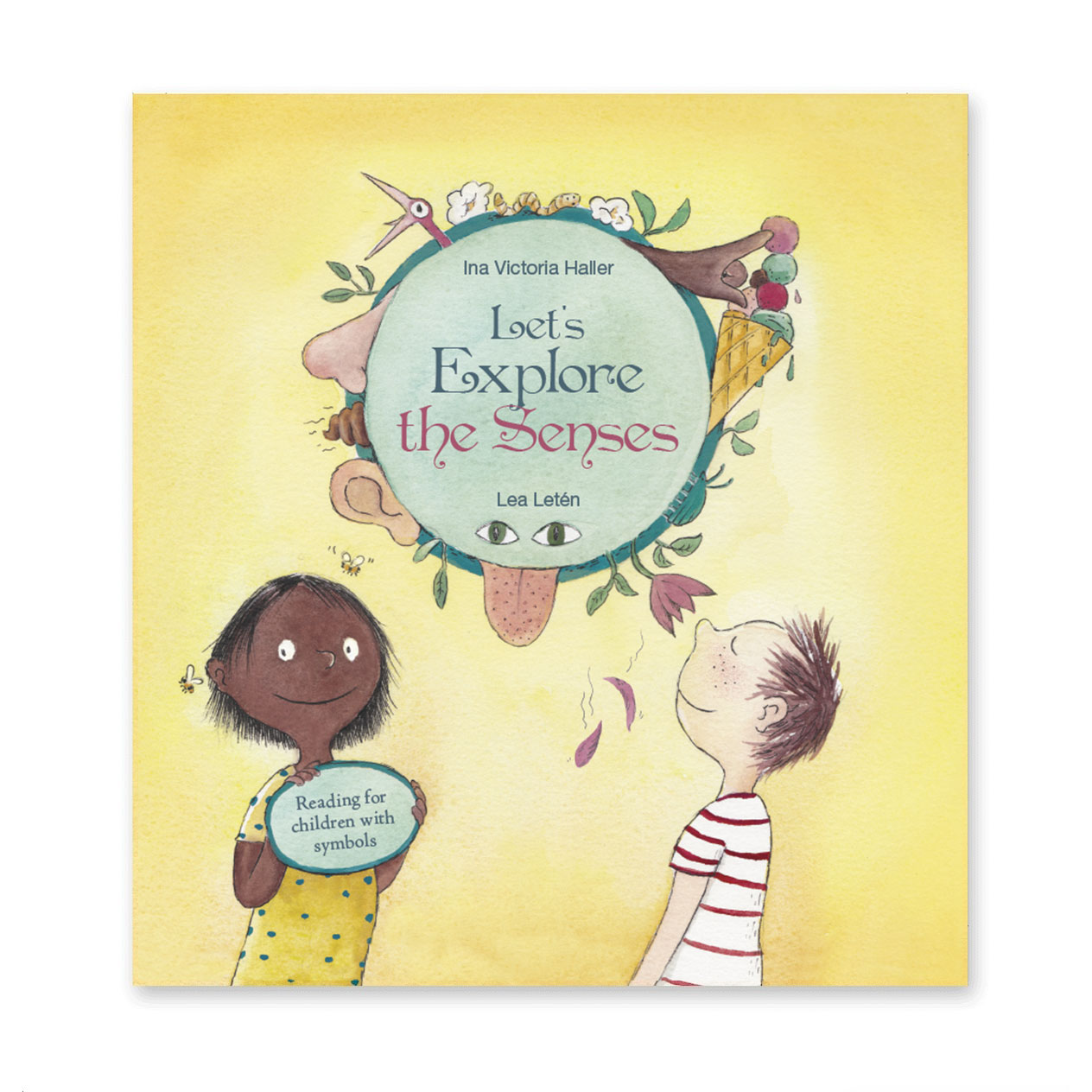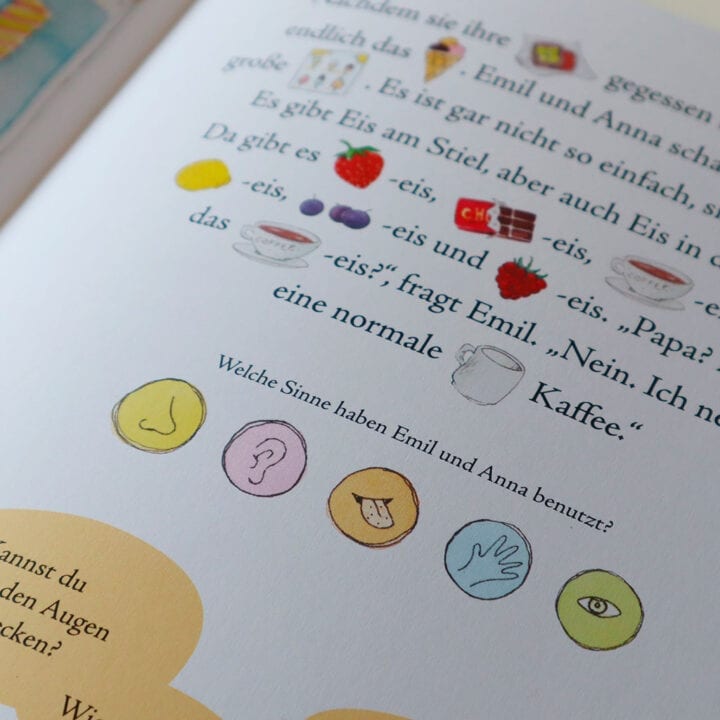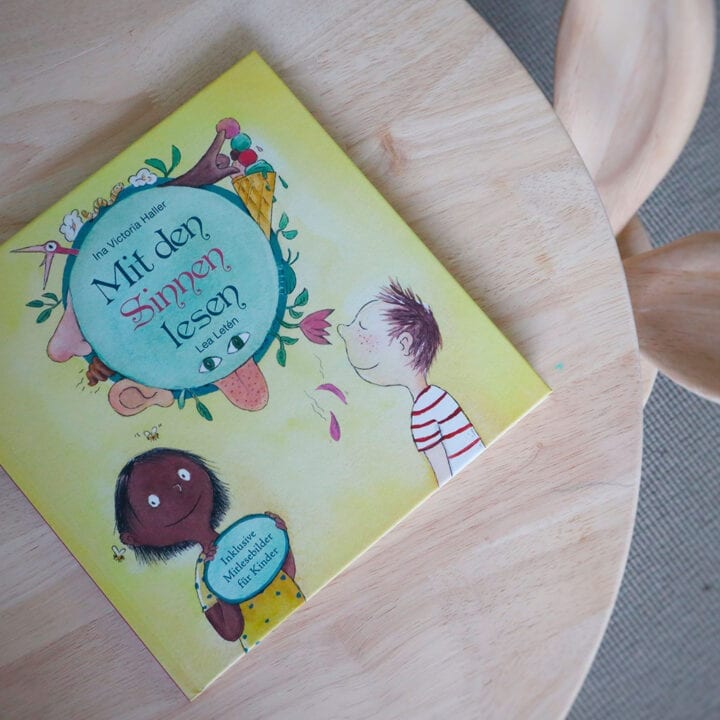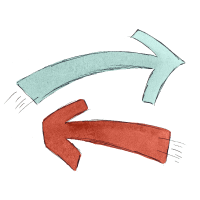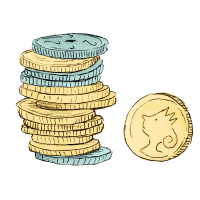Description
Let’s Explore the Senses
In Let’s Explore the Senses we meet the children Eddie and Hannah and get to know the senses through their experiences in the zoo. On each page, there are suggestions for topics of conversation and activities that help strengthen your child’s knowledge and understanding of the senses.
The book is structured so that several words in the text have been replaced with small illustrations. In this way, the child can “read” along with the story themselves. This strengthens the child’s language development, interest and will to learn to read someday.
The child leads the reading
When you are reading the book, it is a good idea to sit with the child on your lap so that the book is right in front of you both. As it can be difficult for smaller children to focus on text and similar small details, the text is written in a large font size so it is easier for the child to keep up.
This helps sow the seeds for future reading comprehension, as the child learns how to deal with text at an early age, as this style of reading promotes the child’s understanding of reading direction and the connection between text, images and actions.
Children and the senses
As the theme of the book, we have chosen “the senses”, because it is through the senses that the child acquires knowledge about themselves and the world we live in. When we experience – that is, sense something – the brain receives countless inputs through the senses, which the brain must then sort out and put together to form an understandable experience. Just as the child’s language develops when stimulated through speech and reading aloud, the child’s senses develop when stimulated. Therefore, it can be a good idea to focus on the senses in everyday life, so that your child has the opportunity to use the different senses and practice the vocabulary for sensory impressions.
If you’re now feeling worried about not having thought about stimulating your child’s senses, don’t despair – you have! Training the senses comes all by itself when we talk to our children, play with them, feed them, hug them, kiss them and show them the world. The ability to sense is not something that needs to be taught to the child. Children’s senses develop naturally as they get older, the brain matures, and they experience more and more.
The purpose of the book is not to get parents to train the senses with their children, but to teach children about senses. With this focus, new topics of conversation also flourish when you read other books, play together, or go on a trip. Because as noted earlier, we use the senses all the time, especially when we learn new things, and children do that every day.
